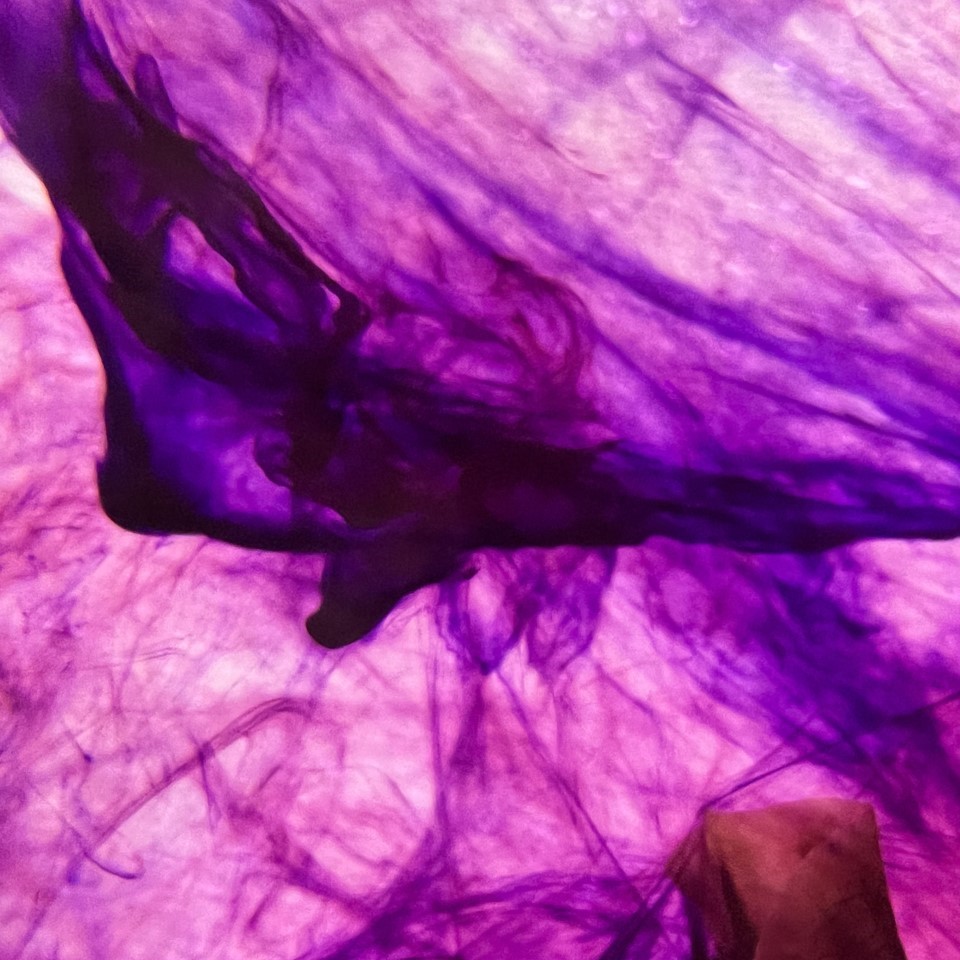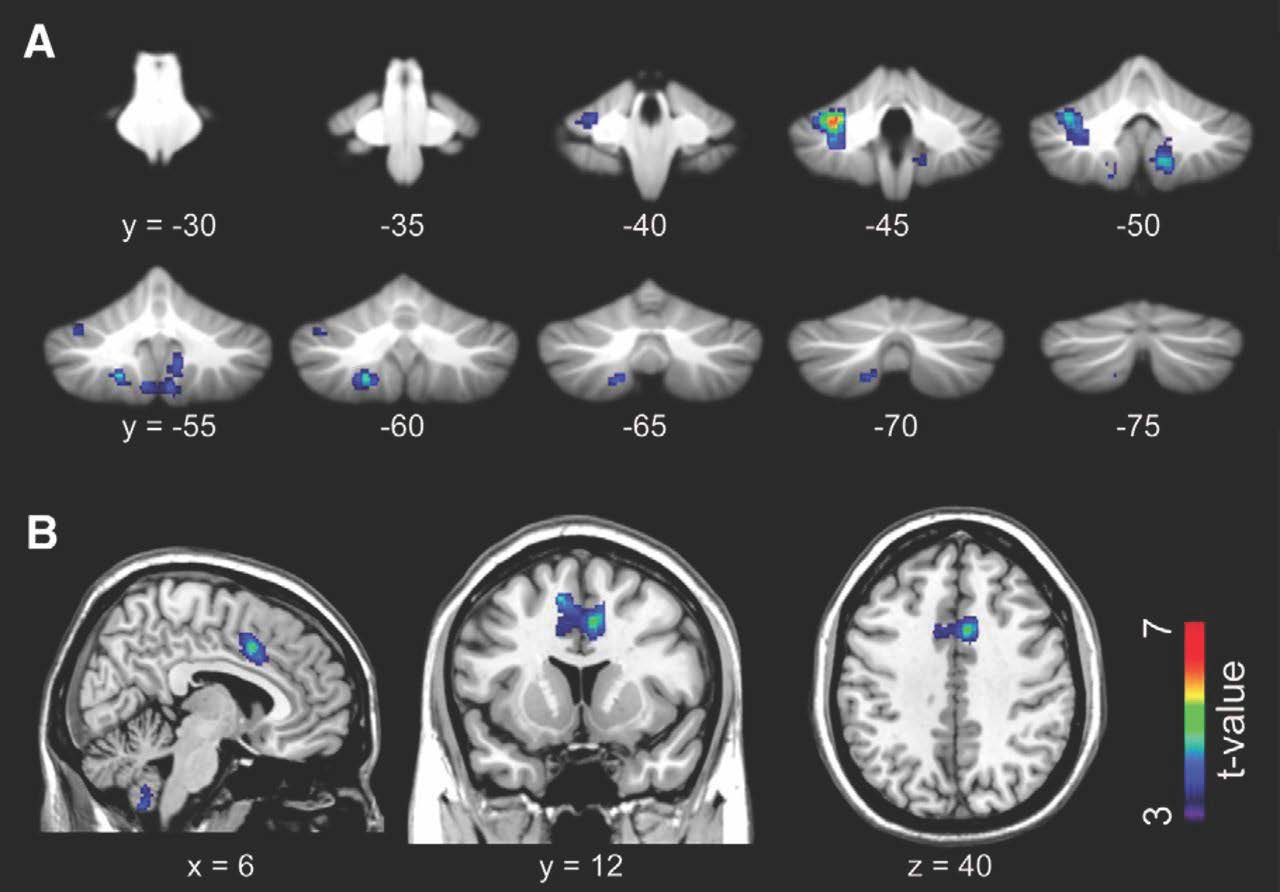Cognition and Behavior
While discussing their co-first author paper about the discrete influences of food restriction and reinforcement schedules on reward-related behaviors, Dr. Maxime Chevée and Ms. Courtney Kim highlight how their mentor-mentee relationship in Dr. Erin Calipari’s lab positively impacted their futures.
Microsaccades, or small involuntary eye movements, provide information about object location during memory rehearsal.
Dr. Kathleen Bryant tells the story of her journey in the alcohol research field and discusses the surprising findings in her recent first author publication from Dr. Jacqueline Barker’s lab at Drexel University, where she obtained her doctoral degree.
This image shows the inking response from a marine sea slug, Aplysia california, during sensitization training.
The authors show that people use two distinct strategies when choosing between multiple options with an uncertain outcome.
Authors show that microbiome depletion by antibiotics in rats produces widespread changes in the recruitment of neuronal ensembles that are activated by oxycodone intoxication and withdrawal.
Authors explored the role of the Bed Nucleus of the Stria Terminalis in the reinstatement and renewal of fear—two forms of fear relapse that are differentially triggered by stress.
Results of this study suggest that decreased responding to food-associated cues when food becomes less desirable are due to changes in the excitability of neurons in the nucleus accumbens.
Ankan Biswas and Supratim Ray tell the story about their paper that examined whether individuals can better control the power of their EEG-recorded alpha oscillations when provided real-time valid neurofeedback, compared to invalid and neutral neurofeedback.
Authors show that real-time mutual interaction during eye contact is mediated by the cerebellum and limbic mirror system.
FOLLOW US
TAGS
CATEGORIES







 RSS Feed
RSS Feed




